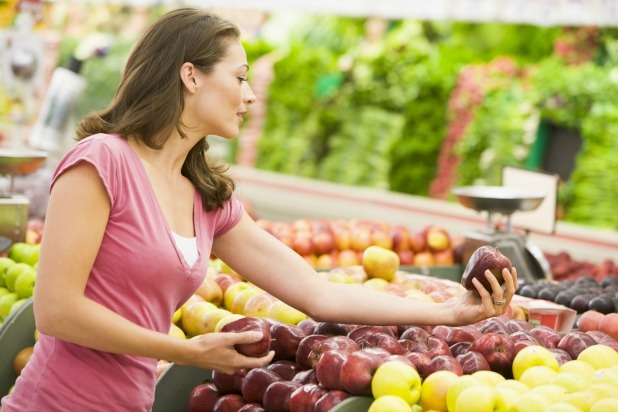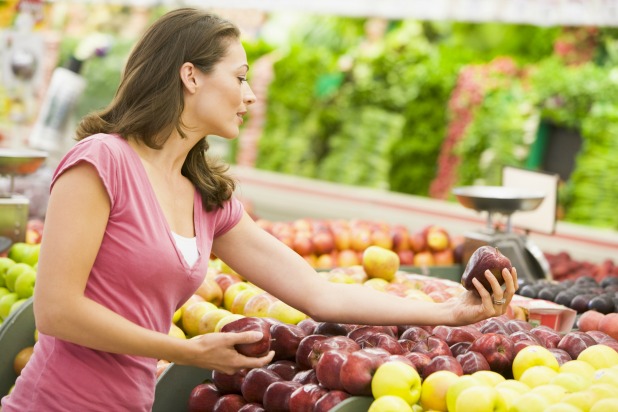How To Pick Perfect Produce Every Time
There's nothing worse than picking out an entire shopping cart full of fruits and vegetables at the grocery store, only to get home and find out that every apple is mealy or all of the tomatoes are mush. Using a combination of the five senses and your common sense, you can avoid this situation and pick the best produce every time.
Click here to see How to Pick Perfect Produce Every Time (Slideshow)
The best way to pick perfect produce is to look for locally grown foods, whether you're at a supermarket or a farmers market. When food has traveled a shorter distance to get to you, it means that you're getting it sooner after it was picked and that the produce wasn't jostled around in a truck for days before getting to the store.
Many of these tips can save you money; although buying in bulk may initially seem like the cheaper option, coming home to find that half a bag of lemons is mushy is a disappointment and an expensive one at that. Buying overripe produce or allowing it to go bad is a waste of money.
An easy way to avoid this is to take a look at the produce and give it a gentle squeeze; if it's overripe it'll crush right in your hands. Most produce, like garlic, peppers, and squash, should feel heavy for its size; if it's light, it means that it's old and, most likely, about to rot.
These rules apply to the majority of fruit and vegetables. Some produce, like melons and corn, are difficult to choose because there are no obvious ways to find out what's going on inside the skin without cracking them open. (Of course, many corn shoppers pull open the husks to investigate — which some markets permit and others strongly discourage.)
The stem of a fruit or vegetable is another good place to look for some guidance. For example, pop off the small brown stem of an avocado and, in a fresh one, you'll see a light green spot where it was.
Follow these simple steps and you'll be able to make your way around the market like a pro, even if you've never bought produce like bok choy before.
Look
(Credit: Shutterstock)
An easy way to spot good produce is to really look at what you're buying; most produce (everything from broccoli and leafy greens to apples and pears) will be brightly colored. Avoid bruised, damaged produce and anything that has visible mold on it. As a general rule of thumb, be wary of anything that's sprouting, like potatoes, garlic, and Jerusalem artichoke.
Smell
(Credit: Shutterstock)
Take a whiff. Most produce (think citrus and vegetables) will smell pretty strongly of its signature scent; if something smells off, it probably is. The exception to this rule is melon, which has a thick rind that prevents most of the fragrance from escaping.
Click here to see more ways to Pick Perfect Produce Every Time
Julie Ruggirello is the Recipe Editor at The Daily Meal. Find her on Twitter @TDMRecipeEditor.

